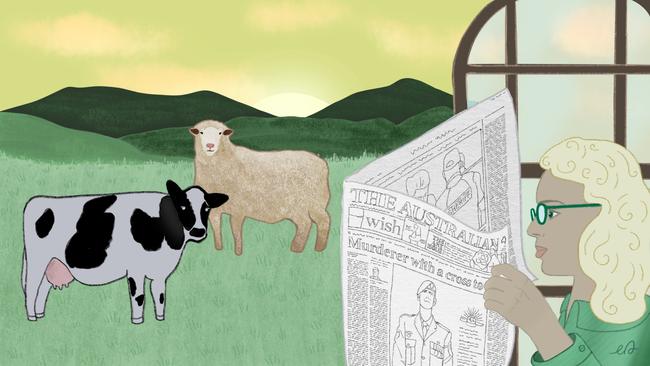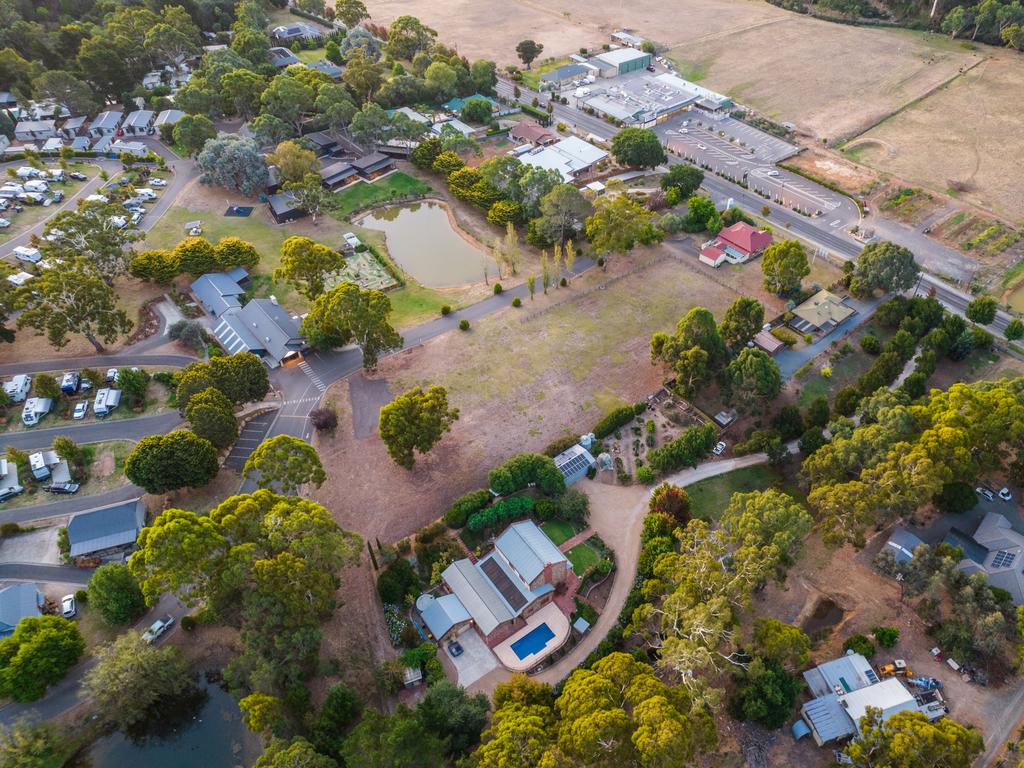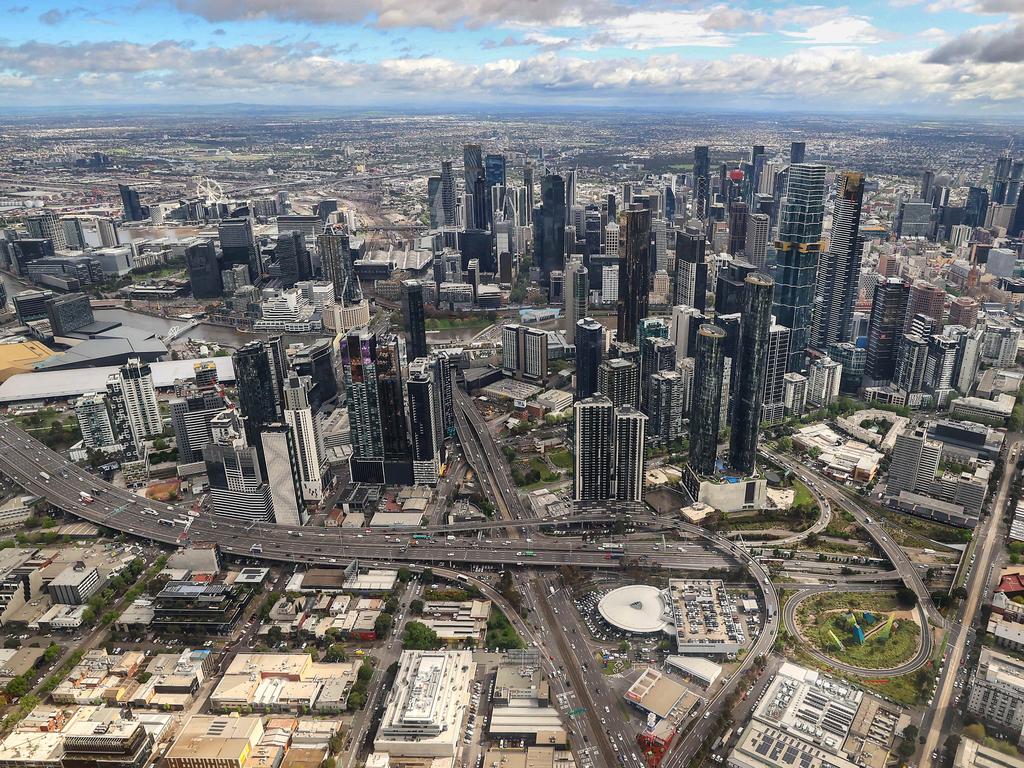Australia’s top jobs revealed: unsung occupations, balanced lifestyles
There are 24 occupations open to the young and old, skilled and unskilled, that offer the freedom to work from home, the scope to create a business, without anxiety and depression | FULL LIST

What constitutes a top job? Some say it’s all about the money. Others (me included) argue that a job must also deliver or at least fit in with a broader lifestyle.
The search for top jobs prompts the question: are there occupations that are open to the young and the old, the skilled and the unskilled, that offer the freedom to work from home, the scope to create a business, the spare time to volunteer? Are there jobs that deliver all the above but without the baggage of anxiety and depression?
The answer to this question is that there are 24 jobs comprising an aggregate 392,000 workers (or 2 per cent of the workforce at the 2021 census) that could indeed be described as Australia’s top jobs.
When the August 2021 census was conducted the Australian workforce comprised 13 million workers. About 12 million completed the census in sufficient detail to enable Australian Bureau of Statistics boffins to allocate each worker to one of 1360 occupations.
These jobs ranged from 514,084 general sales assistants (shop workers) to five workers working as bungy jump master. (Yes, bungy jump master is an official job, according to the census.)
The jobs that drive the Australian economy are defined by the ABS in a technical document (the Australian and New Zealand Standard Classification of Occupations) that is updated before each census. Sadly, there is no job called demographer; this occupation is included within a bucket of like-minded jobs that includes, for example, statistician.
There is also no official job called social media influencer although a new occupation called social media specialist is being considered for the 2026 census. I can’t wait.
Interestingly, there is a category for the job of historian (512 jobs) but not for futurist. Self-described futurists are more likely to be jumbled in with something like management consultant (65,000).

In my search for Australia’s top jobs I didn’t want to include income. If money were the sole determinant of the best job in Australia then the answer would be the nation’s 20 highest-paying occupations (mostly medicos) including 48,708 general practitioners whose median income exceeded $182,000 in the census year.
But a top job is more than income. I am hopeful of finding top jobs at all levels of the skills hierarchy and that can indeed be accessed by a diverse range of workers. With this in mind I provide below the criteria used to filter the census workforce to find Australia’s top jobs.
A top job does not require full-time workers to put in more than an average of 45 hours a week (which is above the national average of 42 hours a week). There is a wide range in this metric: full-time library technicians work an average of 37 hours a week, whereas full-time drillers (mining) work 70 hours a week.
A top job should offer the ability to work full time or part time. The filtering model considers only jobs where the proportion of full-time workers comprises between 60 per cent and 80 per cent of all workers. (The balance being part-time workers.) The census shows that 96 per cent of chief information officers work full time while 99 per cent of crossing supervisors work part time.

A top job offers opportunity to both men and women, which means neither sex should comprise more than 95 per cent of the workforce. This criteria excludes gender-dominant jobs such as carpenters (99 per cent male) and midwives (98 per cent female) from the race to find Australia’s top job.
A top job is not ageist and so in the filtering model no less than 8 per cent of the workforce is aged 60-plus and no less than 15 per cent is aged 15 to 29. These criteria fall below the Australian workforce averages, which means the top-job filtering process captures jobs with old and young workers.
A top job offers scope to work from home. No less than 4 per cent of workers must work from home to qualify as a top job. This immediately disqualifies, for example, 116,000 kitchenhands, none of whom works from home. At the other end of the scale, 88 per cent of Australia’s 3704 author community works from home.
A top job enables workers to aspire to the idea of becoming an owner manager. No less than 5 per cent of the workforce should be owner managers. (The national average is 14 per cent of the workforce.) At the upper end of this range are 1056 civil celebrants, 91 per cent of whom are owner managers. At the opposite end are 156,000 secondary school teachers, none of whom is an owner manager.
A top job should not be so overwhelming that it limits a worker’s ability to live a balanced life and allows time, for example, for volunteering. In a nation where 15 per cent of adults volunteer, the top-job filtering process screens out jobs in which less than 10 per cent of workers volunteer. If there’s no time to volunteer then it’s not a top job.

And finally a top job should not be so stressful that it creates or worsens mental health conditions including anxiety and/or depression. Across Australia 9 per cent of adults reported a long-term mental health condition at the census. The top-job filter removes jobs where more than 18 per cent of workers report a long-term mental health condition. Just 1 per cent of Australia’s 8157 aeroplane pilots reported having a long-term mental health condition.
Just 24 jobs survive the eight filters applied to the 1360 occupations of 12 million workers to discern this nation’s top jobs. These top jobs include university-educated skilled occupations such as veterinarian, tax accountant and environmental consultant as well as unskilled jobs such as sheep farm worker, mixed livestock farm worker and grain, oilseed or pasture farm worker.
I can see an outdoorsy element to Australia’s top jobs.
The median annual full-time income, though not used in the top-job selection process, ranges from $113,000 for environmental consultant to $49,000 for mixed livestock farm worker.
The top jobs most likely to deliver owner-manager status – that is, the opportunity to be your own boss – relates to signwriter and cafe or restaurant manager, where more than 40 per cent are owner managers.
On the other hand, those wanting a top job without the responsibility of owning a business might like the job of farm worker (where fewer than 10 per cent are owner managers).
The top job preferred by men is telecommunications technician (94 per cent of workers), whereas the top job preferred by women is conveyancer (85 per cent of workers).
Of the top-job workforce it is full-time farm workers who put in the most hours a week (44 hours) while debt collectors – yes, it’s a top job – put in an average of 38 hours a week.
Farm workers are least likely to report a long-term mental health condition (4 per cent). Environmental consultants are most likely to volunteer (31 per cent). Pest controllers are least likely to volunteer (10 per cent).

If working from home is important to you as well as having a so-called top job then newspaper or periodical editor is the job for you because an average of 71 per cent worked from home at the 2021 census.
It is possible to determine the leading workplaces for Australia’s top-job workforce using the census.
Whereas throughout Australia the 24 top jobs held by 392,000 workers represents just 2 per cent of all jobs, in Broadbeach (Gold Coast) this proportion tops out at 10 per cent. Theoretically, the Broadbeach CBD should offer an extraordinarily contented workforce because one in 10 workers works in a top job.
Other top-job hotspots include the agricultural service centre (lots of farm workers) of Kojonup in Western Australia, the suburb of Maribyrnong in Melbourne’s west, the municipality of Northern Midlands centred on Evandale in Tasmania, Kingston-Robe in South Australia and Kingsford near Maroubra in Sydney.
In these localities the top-job workforce comprises 8-9 per cent of the total workforce or four times the national average.
Another way of looking at the top-job data is to measure the number of top-job workers per 1000 local residents. Across Australia there are 15 top-job workers per 1000 residents.
However, in Western Australia’s wheatbelt southeast of Perth, the towns of Kojonup, Gnowangerup and Kulin have more than 40 top-job workers per 1000 residents.
These towns (together with nearby Esperance and Wagin) form a vast (and theoretical) Triangle of Contented Workers where local workers are less likely to work extreme hours, to have a long-term mental health condition, and are more likely to volunteer, to work from home, to work in a job offering scope to become an owner manager.
And it makes sense. Many of the jobs in the top-job list are well suited to rural locations including veterinarian, three kinds of farm worker, environmental consultant, nurseryman, pest controller and even sports centre manager.
When money is removed from the equation and jobs are measured on the basis of inclusivity (by gender), of contentment (absence of long-term mental health conditions), of civic mindedness (ability to volunteer), of openness to all age groups (inclusive of ages 15 to 60-plus) then sea-change locations such as Broadbeach as well as tree-change communities and the wheatbelt’s rural idylls – quiet places far from the madding crowd – emerge as top spots for Australia’s top jobs.
What I like about the top jobs list is that it is diverse and that it includes the unsung occupations of middle Australia. And that these top jobs are clustered not in the glittering CBDs of our capital cities but on the coast and in the towns and on the farmlands of the interior. The top-jobs list supports the idea – the ideal – that Australia is indeed a place of opportunity.
Bernard Salt is founder of The Demographics Group. Data and model by data scientist Hari Hara Priya Kannan






To join the conversation, please log in. Don't have an account? Register
Join the conversation, you are commenting as Logout